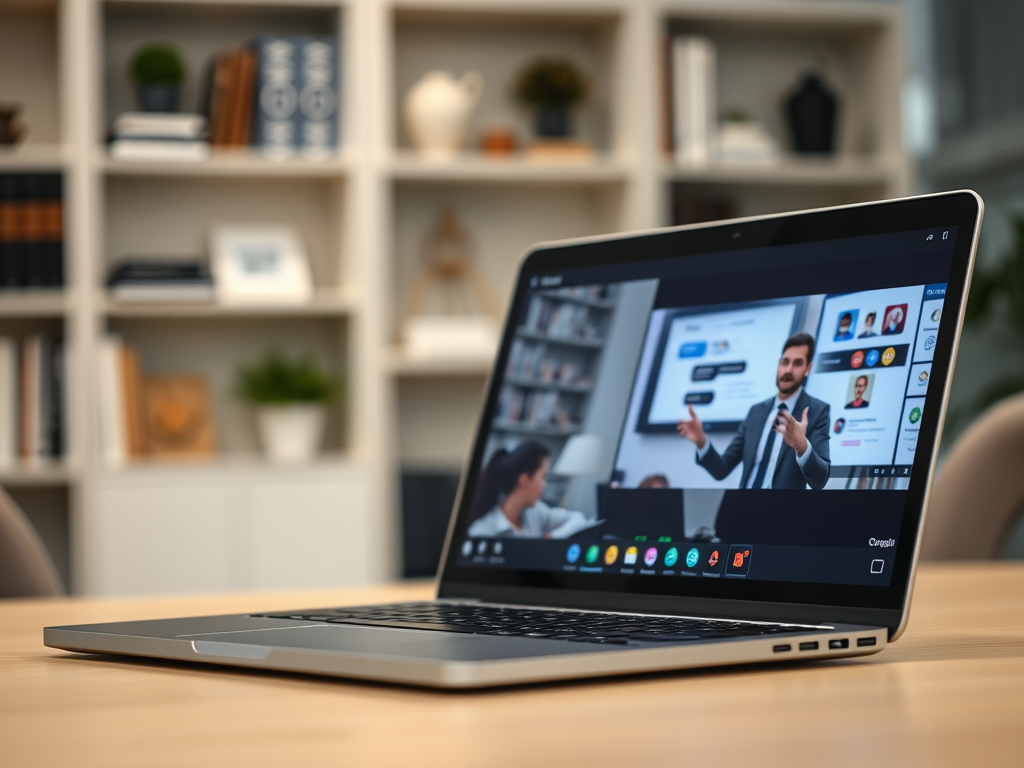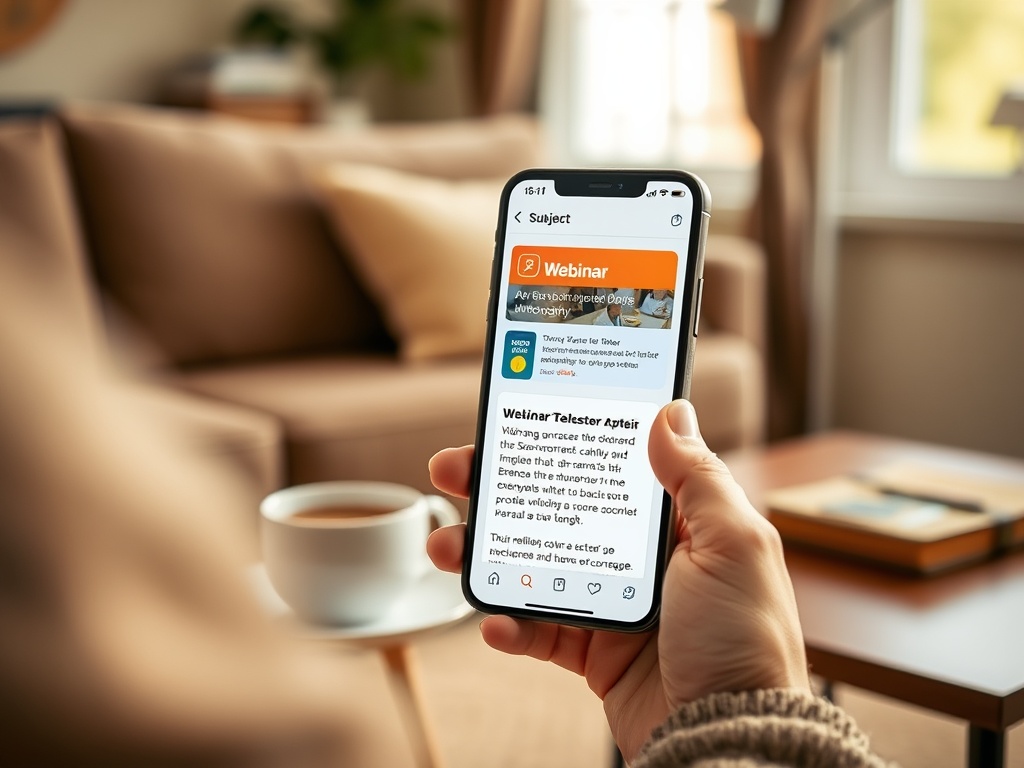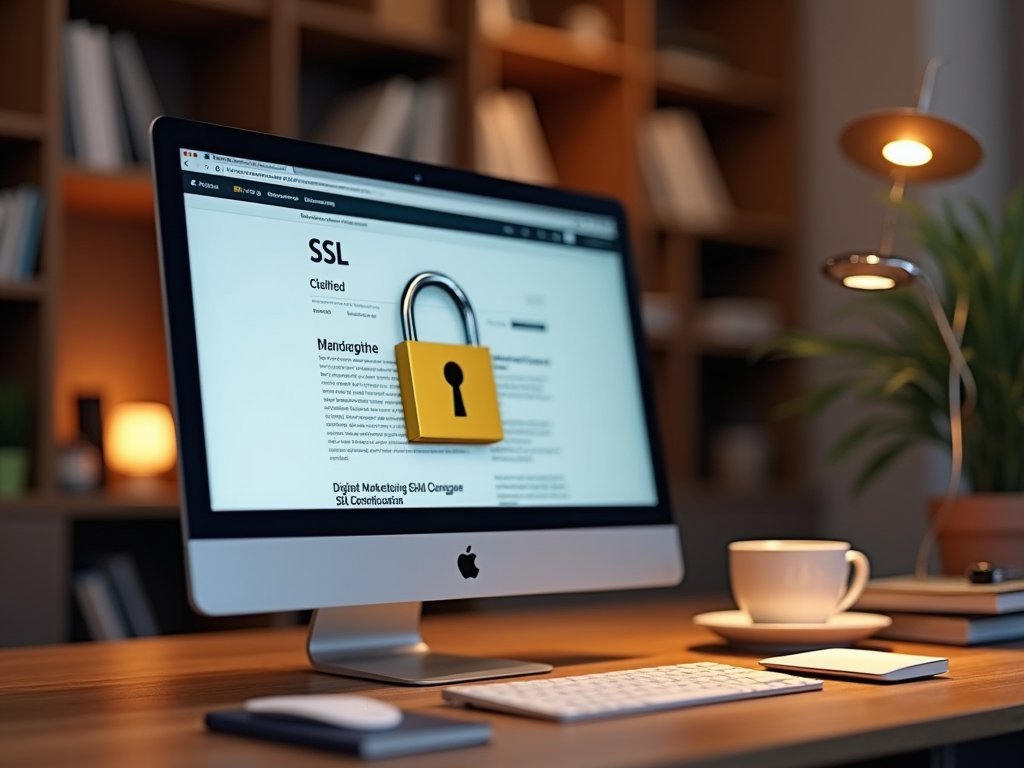Webinars have transformed the marketing landscape, becoming essential tools for businesses aiming to capture leads and convert prospects. With the rise of digital interactions, the challenges and opportunities in engaging prospective customers have evolved. One of the most effective strategies in today’s dynamic marketing environment is leveraging webinars as a lead generation tool. This approach not only allows for the sharing of valuable information but also fosters genuine connections between businesses and their audiences. The essence of using webinars lies in their ability to engage, educate, and ultimately entice attendees to take action. Thus, if you’re poised to tap into the benefits of webinars, it’s crucial to understand how to design, execute, and follow up on your events effectively.
Benefits of Webinars for Lead Generation

Understanding the varied advantages of webinars is fundamental to frame your lead generation strategy. First and foremost, they facilitate enhanced engagement. Live interactions with participants enable real-time discussions and Q&A sessions, creating a two-way communication channel. This not only keeps attendees interested but also fosters a sense of community. Secondly, webinars allow you to build your authority and position yourself as a thought leader in your field. By sharing your knowledge and insights, you can not only enhance your credibility but also increase trust among potential leads.
Cost-effectiveness is another significant benefit, especially when compared to traditional marketing methods. Unlike physical events, webinars can reach large audiences across various geographic areas without substantial expenses. Here are the primary benefits summarized:
- Enhanced Engagement
- Authority Building
- Cost-Effectiveness
Planning Your Webinar

The cornerstone of a successful webinar lies in meticulous planning. To maximize its impact, consider your target audience. Understanding who your ideal attendees are will guide you in crafting content that resonates with their needs and interests. Tailoring your message increases the likelihood of registration and attendance, as potential leads will find the topics directly relevant to them.
Equally important is the selection of the right topic for discussion. A well-chosen topic not only attracts more attendees but also ensures that you retain their attention throughout the session. Ideally, the topic should align with both the audience’s interests and your business’s offerings. Additionally, choose a reliable platform for hosting your webinar. The right platform facilitates seamless presentations and enhances the attendee experience.
| Webinar Platforms | Features |
|---|---|
| Zoom | User-friendly interface, breakout rooms, and recording options |
| GoToWebinar | Robust analytics, pre-recording capabiliites, and easy registration |
| Webex | High-quality video, real-time collaboration tools, and strong security |
Promoting Your Webinar
Promotion is a critical element in determining your webinar’s success. Without a robust promotional strategy, even the best-planned webinars can fail to attract attendees. One of the most effective methods is through email marketing. Create compelling email campaigns aimed at your subscriber base, ensuring they contain clear and enticing information about your upcoming event. Moreover, integrating call-to-action buttons simplifies the registration process.
Social media is another powerful tool for spreading awareness. Utilize your existing channels to create buzz around your webinar. Engage with followers, encouraging them to share the news and register themselves. Additionally, consider collaborating with industry influencers or thought leaders. Their endorsement can significantly enhance your reach and lend credibility to your event.
- Email Marketing
- Social Media Engagement
- Influencer Collaborations
Executing the Webinar
On the day of the webinar, execution is paramount to ensure a smooth experience. Start by focusing on your presentation techniques. Incorporate storytelling elements, visuals, and interactive features to maintain engagement. Engaging your audience through polls and questions can dramatically increase participation. Time management is also crucial; ensure that your content is concise and well-structured, allowing time for attendee questions without exceeding your scheduled duration.
Follow-Up After the Webinar
Post-webinar actions are just as important as the event itself. This is your opportunity to nurture the leads you’ve captured. Start by sending thank-you emails to all attendees. Express appreciation for their time and offer valuable resources that were discussed during the webinar. Providing access to a recording of the event is a great way to cater to those who may have missed it, and also for attendees to revisit important material.
Furthermore, encourage ongoing interaction. Ask for feedback on the webinar and invite attendees to reach out with their questions or comments. Maintaining this communication helps sustain interest and pushes leads further along the sales funnel.
Conclusion
Webinars serve as extraordinarily powerful lead generation tools for businesses willing to harness their potential. If you meticulously plan, effectively promote, and engage in thoughtful follow-up, you have the chance to not only connect with potential leads but also cultivate lasting relationships that can lead to conversions. As you enhance your proficiency with webinars, remember that the key to success lies in delivering value and fostering genuine interactions.
Frequently Asked Questions
- What is the best length for a webinar? Typically, a webinar should last between 30 to 60 minutes, allowing enough time for content delivery and participant interaction.
- How many attendees should I aim for? While it depends on your audience size and niche, start with smaller groups for specific topics and gradually scale up.
- Do I need to charge for my webinar? It depends on your goals; free webinars can attract more attendees, while paid ones may yield higher quality leads.
- What tools do I need to host a webinar? You’ll need a reliable webinar platform, a good microphone, a webcam, and presentation software to create slides or visuals.
- How can I measure the success of my webinar? Track metrics such as attendee numbers, engagement levels, and follow-up inquiries to assess the effectiveness of your lead generation efforts.



